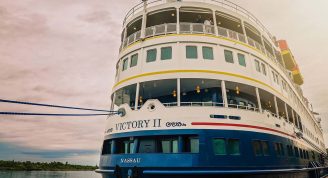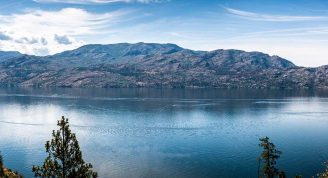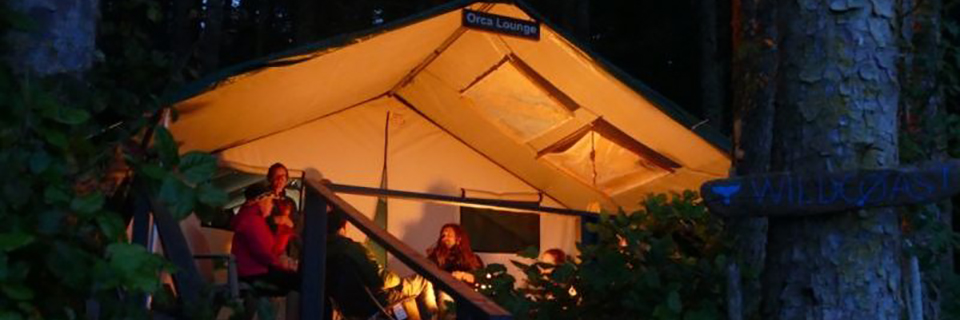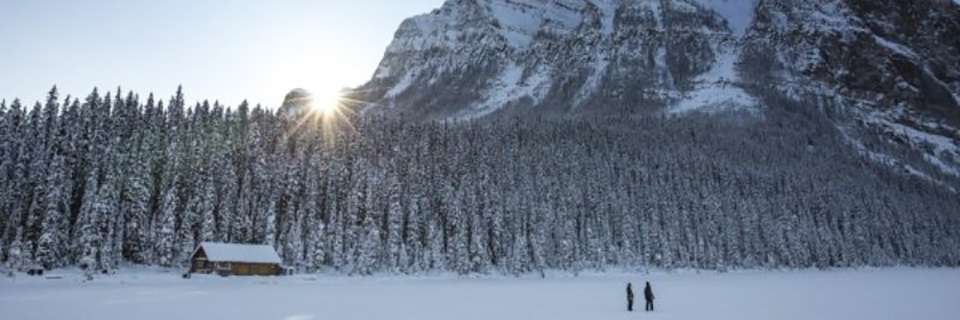Description
This exciting new 16-day itinerary takes you on a 2,500-nautical mile journey along the legendary Northwest Passage in the Canadian High Arctic, then down the rarelyvisited east coast of Baffin Island to Newfoundland and Labrador, where we’ll visit magnificent Torngat Mountains National Park and the windswept Viking ruins at l’Anse Aux Meadows UNESCO world heritage site. This voyage of discovery also features a visit to the French islands of Saint Pierre and Miquelon, located in the Gulf of the St. Lawrence.
Setting sail from the northern gateway of Qausuittuq (Resolute) in Nunavut, we start our adventure in the middle of the historic Northwest Passage. Your home away from home during this ground-breaking exploration is our technologically-advanced Ultramarine, which is equipped with two twin-engine helicopters, and a fleet of 20 quick-deploy Zodiacs that enable you to get off the ship quickly and efficiently. Throughout this voyage, we’ll set our sights on remote wilderness areas along the east coast of Baffin Island, Labrador and Newfoundland that are only accessible by water. You will also get to explore Beechey Island National Historic Site, Icy Arm Fjord, the small Baffin Island community of Qikiiqtarjuaq, Cape Mercy on southern Baffin Island at the mouth of Cumberland Sound, Torngat Mountains National Park, L’Anse aux Meadows UNESCO world heritage site, the French archipelago of Saint Pierre and Miquelon and, finally, the historic city of St. John’s, Newfoundland.
The geographical range of this expedition is massive. You’ll start at 74.69° N, cross the Arctic Circle at 66.66° N, and ultimately finish your journey in St. John’s, at 47.55° N. Clearly, this is the ideal trip for travelers who long to see as much of the remote Canadian wilderness as possible. In addition to exploring the Territory of Nunavut, as well as Newfoundland and Labrador, we’re especially excited to visit Nunatsiavut, the self-governing region that’s home to the Labrador Inuit who are known as Nunatsiavummiut.








